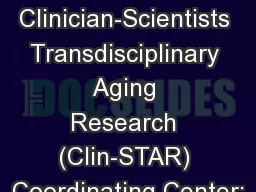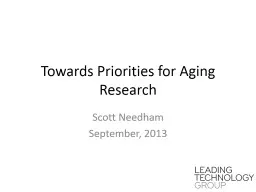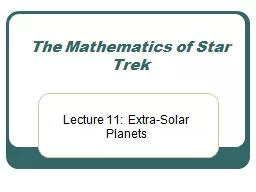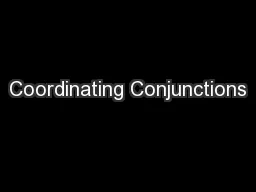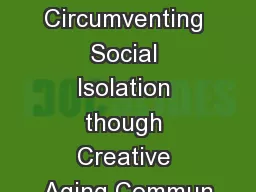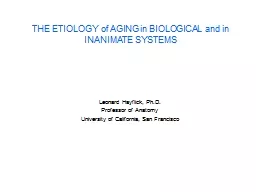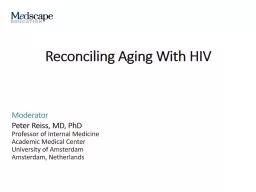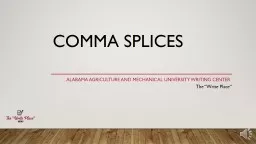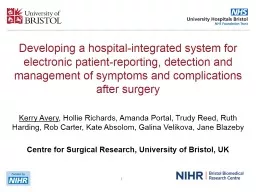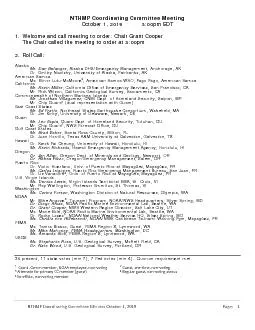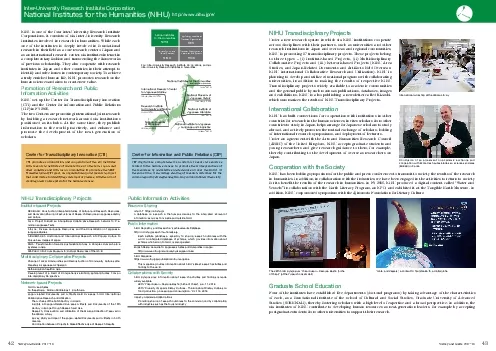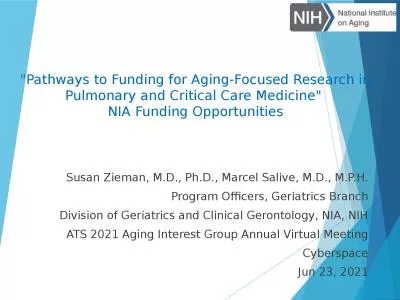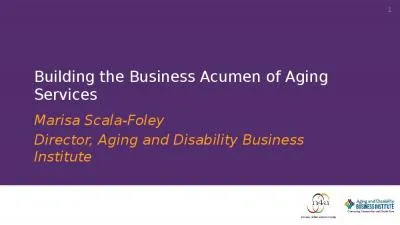PPT-Clinician-Scientists Transdisciplinary Aging Research (Clin-STAR) Coordinating Center:
Author : marina-yarberry | Published Date : 2018-11-10
Synergizing Career Development toward Improved Care of Older Adults across Specialties and Disciplines U24 RFAAG19024 Sue Zieman MD PhD and Basil Eldadah MD PhD
Presentation Embed Code
Download Presentation
Download Presentation The PPT/PDF document "Clinician-Scientists Transdisciplinary A..." is the property of its rightful owner. Permission is granted to download and print the materials on this website for personal, non-commercial use only, and to display it on your personal computer provided you do not modify the materials and that you retain all copyright notices contained in the materials. By downloading content from our website, you accept the terms of this agreement.
Clinician-Scientists Transdisciplinary Aging Research (Clin-STAR) Coordinating Center:: Transcript
Download Rules Of Document
"Clinician-Scientists Transdisciplinary Aging Research (Clin-STAR) Coordinating Center:"The content belongs to its owner. You may download and print it for personal use, without modification, and keep all copyright notices. By downloading, you agree to these terms.
Related Documents

